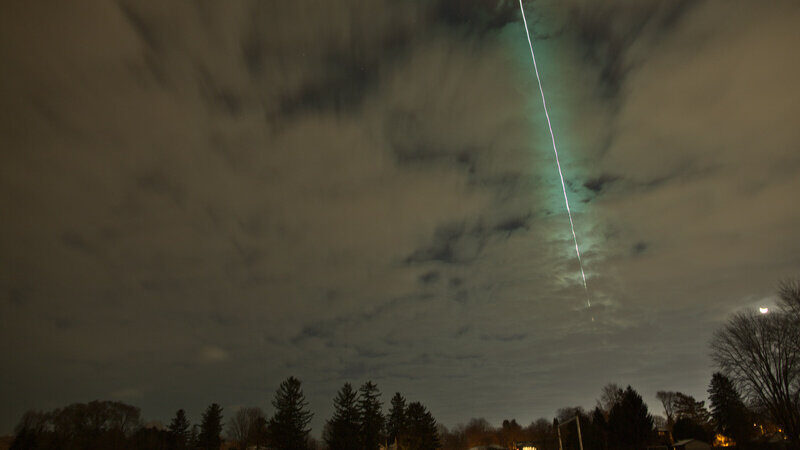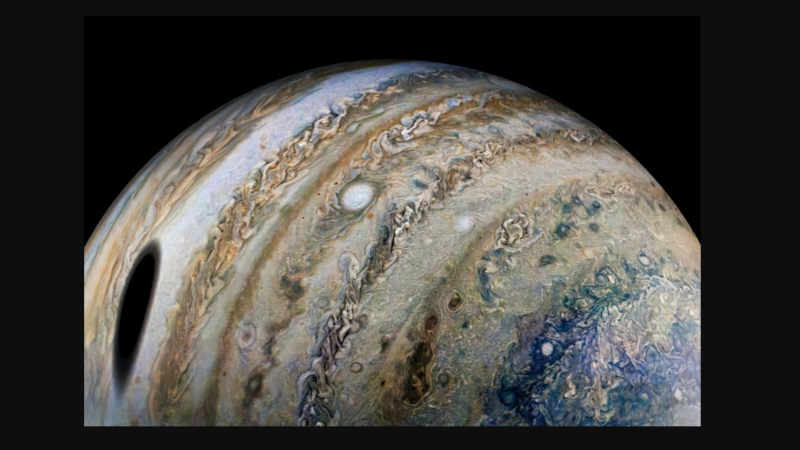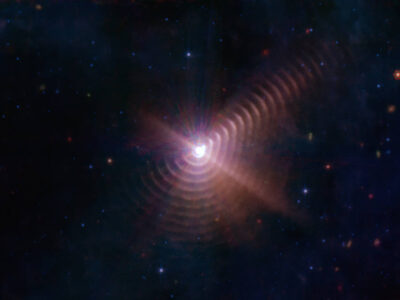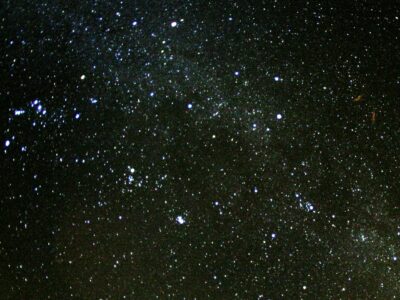IXPE assisted in the synthesis of new Cassiopeia A images
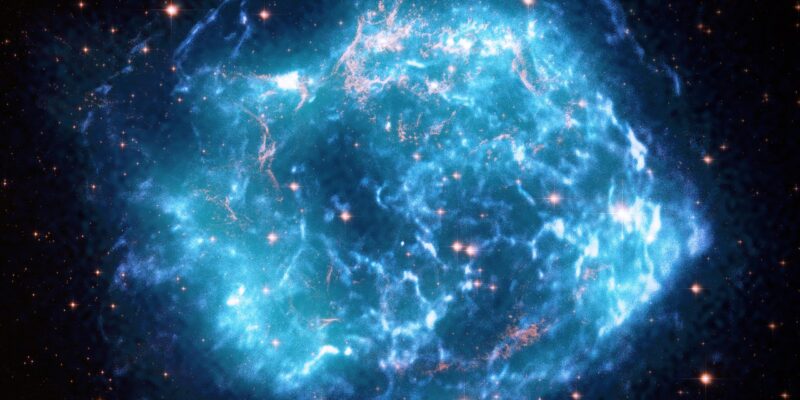
Overview
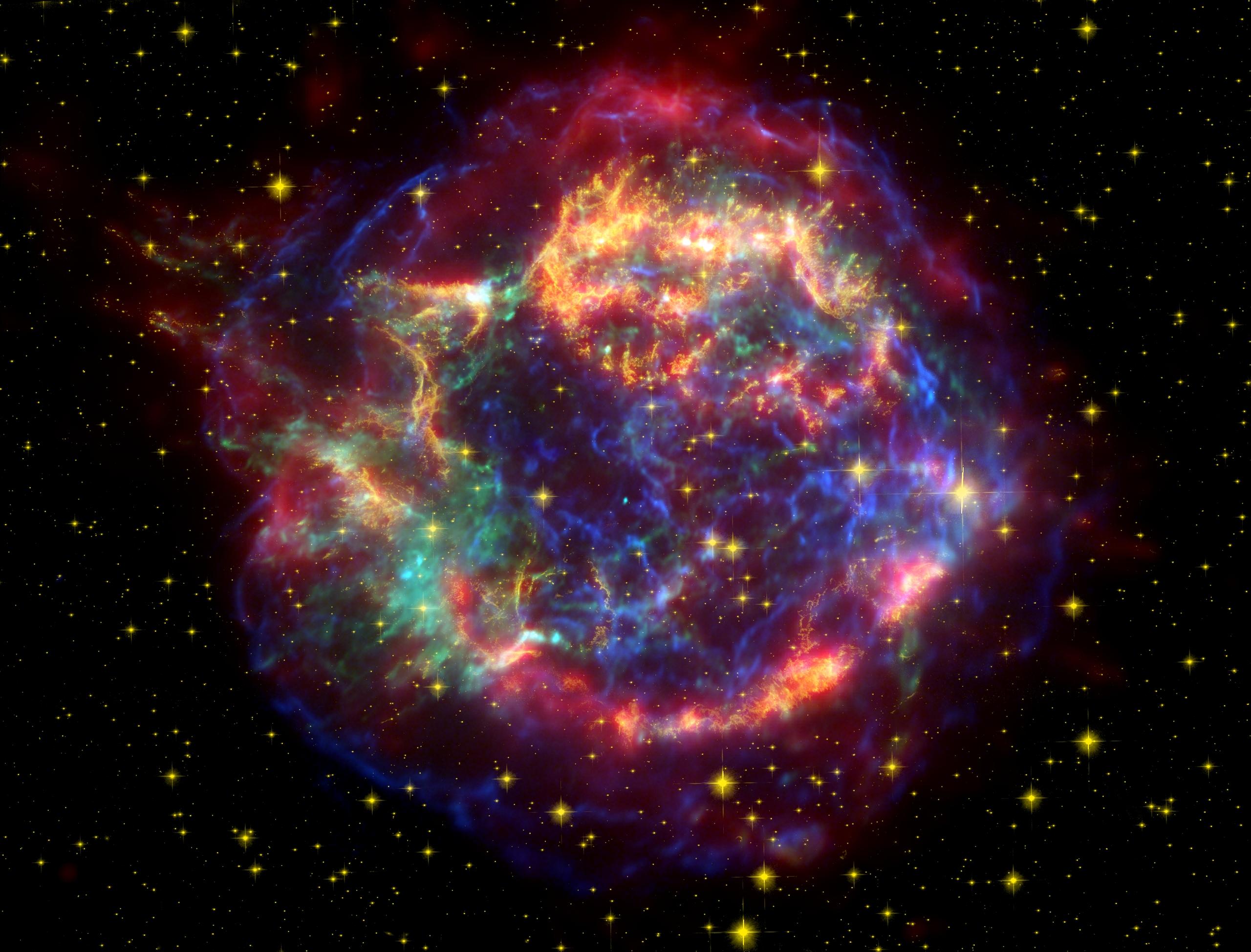
A false color image composed of data from three sources: Red is infrared data from the Spitzer Space Telescope, gold is visible data from the Hubble Space Telescope, and blue and green are data from the Chandra X-ray Observatory. The small, bright, baby-blue dot just off-center is the remnant of the star’s core.
NASA has released A new image of the supernova remnant Cassiopeia A. The image is a combination of observations from the Chandra X-ray Observatory, the Hubble Space Telescope, and the Imaging X-ray Polarimetry Explorer ( IXPE ) satellite, which shows the magnetic field distribution of the stellar remnant.
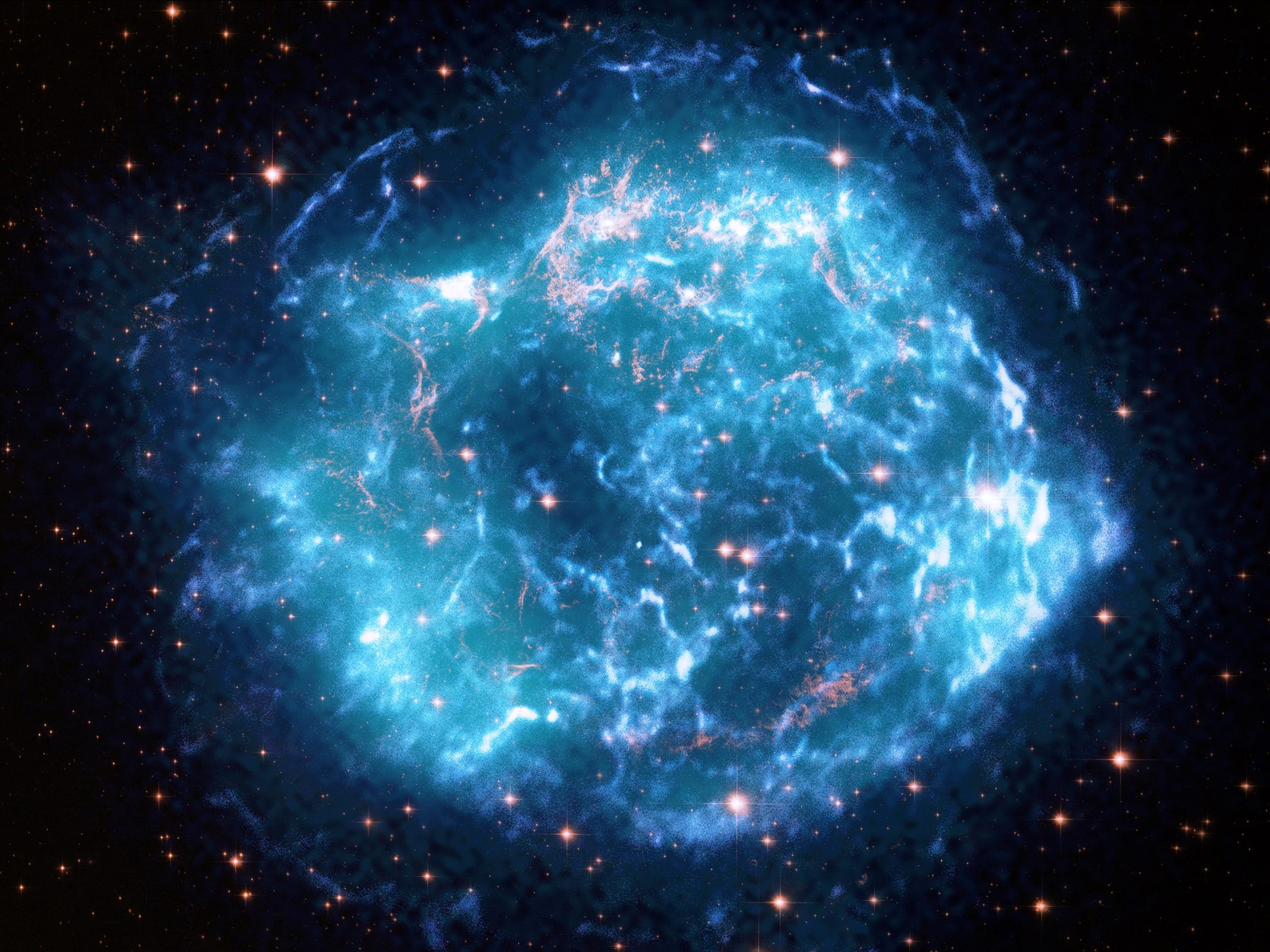
The image is a combination of observations from the Chandra X-ray Observatory, the Hubble Space Telescope, and the Imaging X-ray Polarimetry Explorer ( IXPE ) satellite, which shows the magnetic field distribution of the stellar remnant.
Cassiopeia A
Cassiopeia A[1] ( Cas A ) is a supernova remnant ( SNR ) in the constellation Cassiopeia and the brightest extrasolar radio source in the sky at frequencies above 1 GHz.
The supernova occurred approximately 11,000 light-years ( 3.4 kpc ) away within the Milky Way; given the width of the Orion Arm, it lies in the next-nearest arm outwards, the Perseus Arm, about 30 degrees from the Galactic anticenter.
The expanding cloud of material left over from the supernova now appears approximately 10 light-years ( 3 pc ) across from Earth’s perspective. It has been seen in wavelengths of visible light with amateur telescopes down to 234 mm ( 9.25 in ) with filters.
IXPE
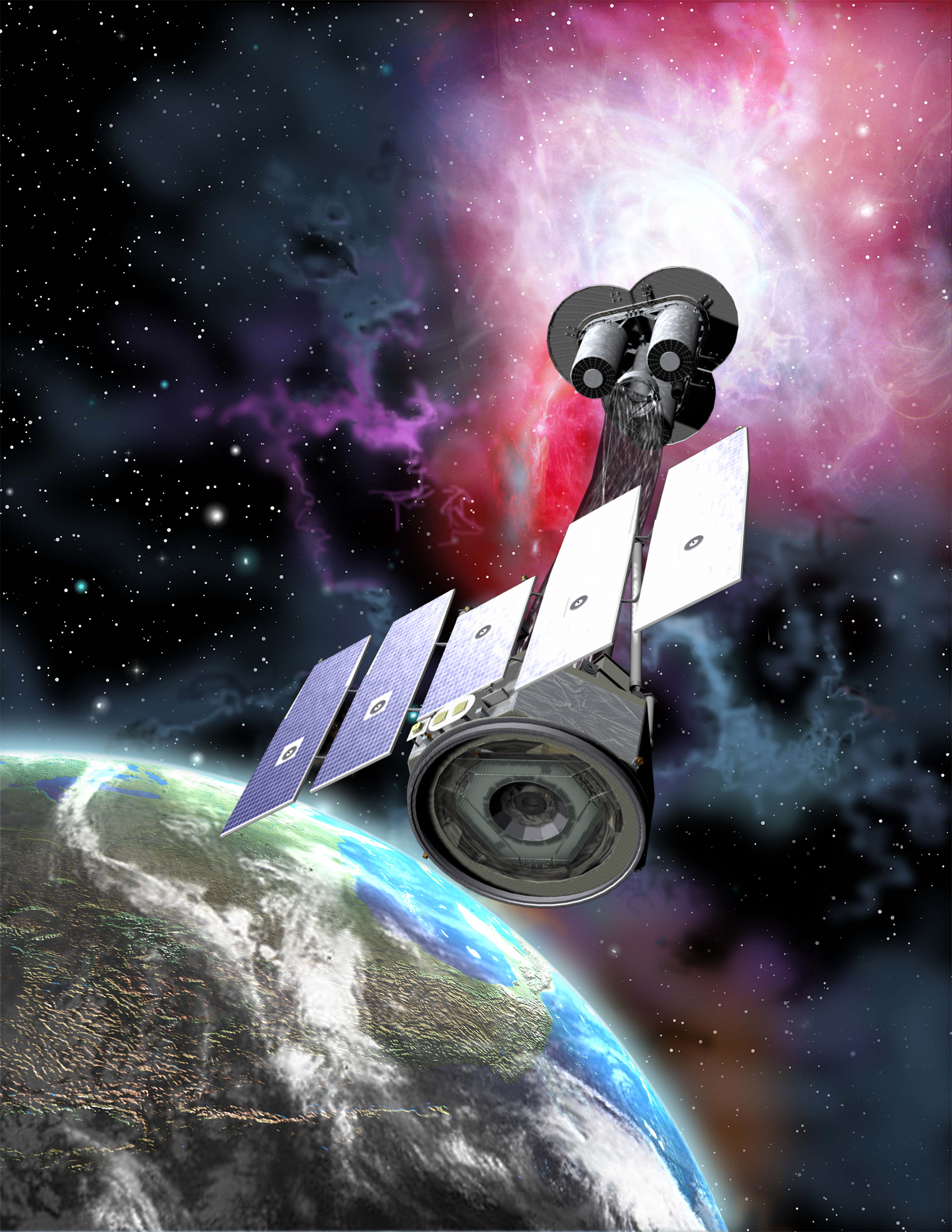
Imaging X-ray Polarimetry Explorer
Imaging X-ray Polarimetry Explorer[2] , commonly known as IXPE or SMEX-14, is a space observatory with three identical telescopes designed to measure the polarization of cosmic X-rays of black holes, neutron stars, and pulsars.
The observatory, which was launched on 9 December 2021, is an international collaboration between NASA and the Italian Space Agency ( ASI ). It is part of NASA’s Explorers program, which designs low-cost spacecraft to study heliophysics and astrophysics.
References:

